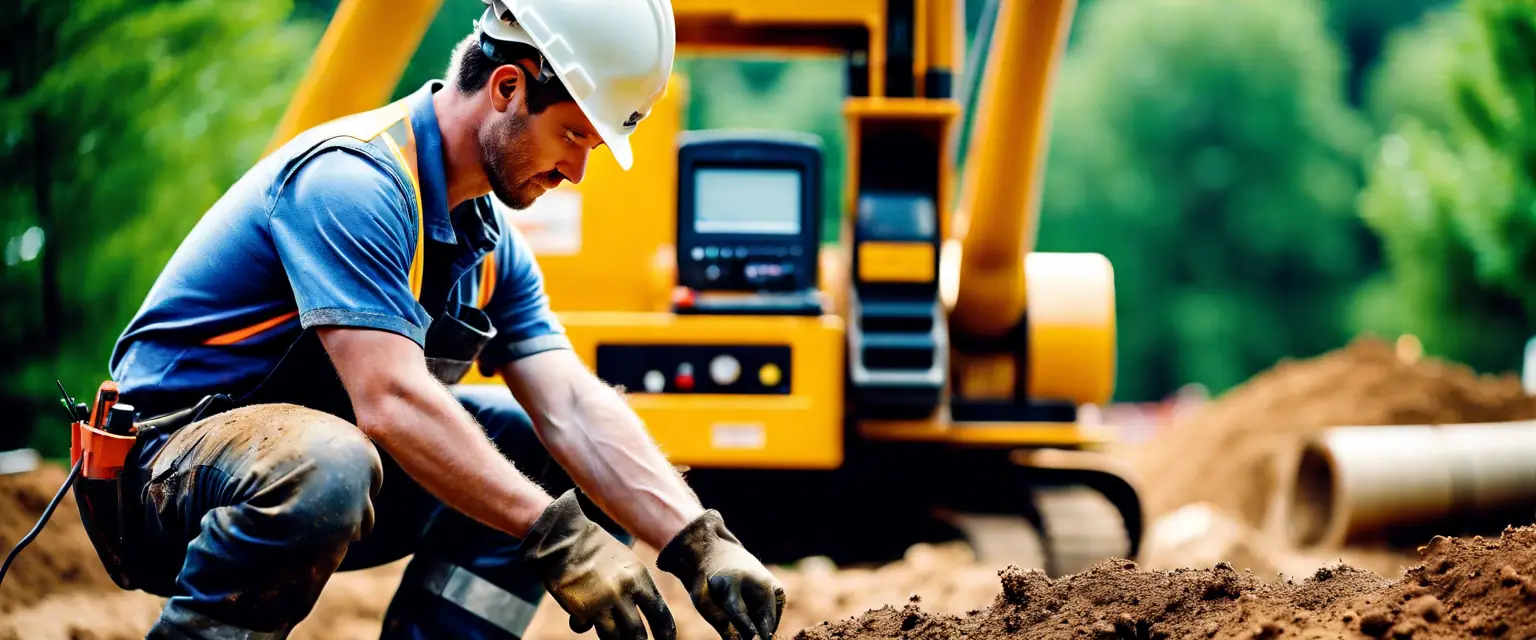Site investigation is a fundamental step in geotechnical engineering that involves assessing the subsurface conditions of a project site. This process is essential for understanding the soil and rock properties that will influence the design and construction of foundations and other structures. A comprehensive site investigation helps identify potential challenges, such as soil instability or contamination, allowing engineers to develop effective solutions. By investing time and resources in site investigations, project teams can significantly reduce risks and enhance project success.
There are several best practices for conducting site investigations, including selecting appropriate investigation methods and ensuring proper sampling techniques. Engineers should choose methods that align with the project’s specific needs, such as drilling, geophysical surveys, or in-situ testing. Additionally, proper sampling techniques are crucial for obtaining representative soil samples that accurately reflect subsurface conditions. This attention to detail ensures that the data collected is reliable and can be used to inform design decisions.
Furthermore, effective communication and collaboration among project stakeholders are vital during the site investigation phase. Engaging with clients, contractors, and regulatory agencies helps ensure that all parties are aligned on project goals and expectations. By fostering open communication, project teams can address concerns and adapt to changing conditions more effectively. Ultimately, adhering to best practices in site investigation lays the groundwork for successful geotechnical engineering projects.



